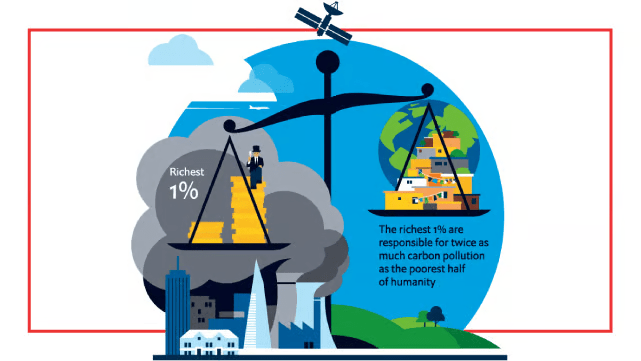Toyota’s new green fuel engine represents a versatile and innovative solution for achieving carbon neutrality in the transportation sector. Capable of running on hydrogen and bioethanol, this engine significantly reduces emissions while maintaining flexibility in fuel sources. Toyota’s approach combines its legacy of environmental responsibility with a commitment to developing multiple sustainable technologies. While infrastructure, costs, and public perception remain challenges, Toyota’s green fuel engine could play a key role in the transition to a more sustainable and eco-friendly transportation future.





